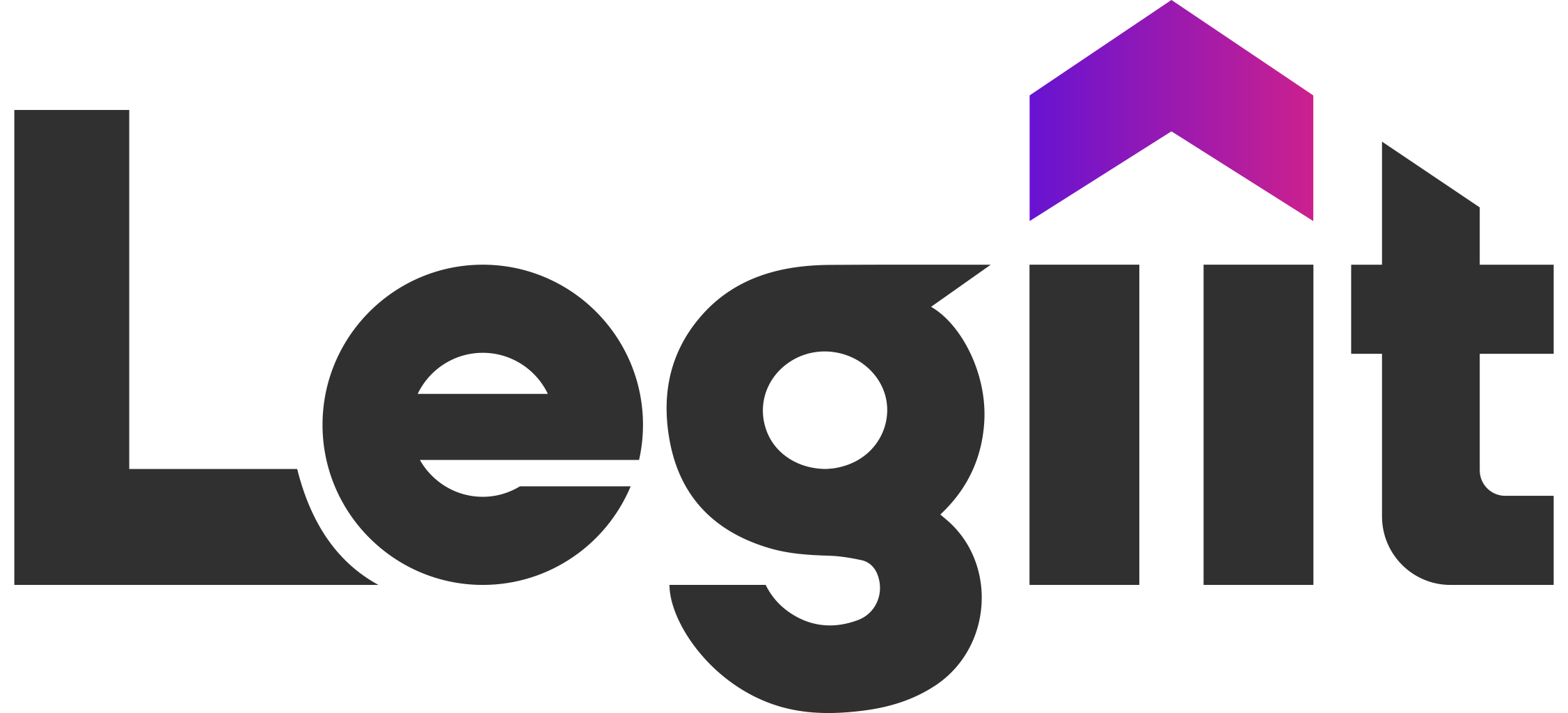Every visitor who lands on your website is an investment. You paid something to get them there. Whether it was time, toil, or plain old ad spend.
Knowing how to improve user experience is critical to ensuring you get the most out of that investment.
When visitors enjoy their time on your site, they are more likely to convert. But if they get frustrated or can’t find what they need, they will bounce to your competition.
So let’s look at several strategies for making your user experience the best it can be.
Develop a Chatbot
67% of internet users have “spoken” with a chatbot, and 64% of them report that the best feature is the ability to get customer service around the clock.
Of course, there will always be a need for real-time connection with a real live person. Some issues are just too complex for AI to solve (at least for now).
But, if you are a smaller business, it may be unrealistic to staff your live chat 24/7. And even if you can, using chatbots to resolve the simple issues frees up time for your human agents to take care of the difficult stuff.
That means you can spend less money on support staff and your customers can spend less time waiting for support. It’s win-win when it comes to user experience.
Browse Chatbot Solutions on Legiit
Boost Your Page Load Speed
Google has announced that as of May 2021, core web vitals will be an important ranking factor. These metrics directly relate to how quickly your page loads different content.
But you don’t need SEO incentives to realize that slow loading pages are bad user experience.
To put it simply, if your site doesn’t load fast enough, your visitors are going elsewhere. In fact, Unbounce reports that 70% of people indicate that the time it takes for a site to load influences whether or not they will buy from the business.
If you aren’t sure how your website measures up, run your url through Google’s PageSpeed Insights. The metrics you are most interested in are:
- CLS (Cumulative Layout Shift)
- FID (First Input Delay)
- LCP (Largest Contentful Paint)
These are the metrics directly related to pagespeed that Google says will begin to affect rankings. If your scores aren’t up to standards, consider hiring a freelancer who specializes in page speed optimization to get your site running smoothly.
Place Your CTAs Strategically
A CTA (or call-to-action) is anything on your page that urges visitors to take the next step in the customer cycle. This could be a lead capture form, an affiliate link, an email sign-up, or many other things.
You likely have different types of CTAs on different pages. That’s good. You want your CTAs to be directly related to the exact goal that any given page is trying to achieve.
But have you considered the placement of your CTAs?
Believe it or not, they are part of the user experience. After all, your visitors are on your site because you have something (a service or product) that they are interested in.
Your CTAs are how they say “yes” to your offer. So you want them to be placed exactly where your visitors need them, when they need them.
Here are some tips for how to do this:
- Place one CTA above-the-fold. That is, make sure visitors see it before they even scroll. This means that customers who are already ready to buy can immediately take action on that.
- Don’t crowd your CTAs. It is good to have multiple calls-to-action throughout a page. Usually, one in the beginning, one in the middle, and one at the end. If you add more, though, be careful not to place them too close to each other. You don’t want visual elements to conflict. And you don’t want to come off as too pushy.
- Add a CTA immediately after agitating the customer pain points. It is standard in sales copy to bring your customers’ pain points to the front of their mind. Once you do this, many don’t need more convincing. So throw a CTA at them in case they are ready to buy now.
Not sure how to design effective CTAs? Find a web designer on Legiit who can do it for you.
Streamline Your Checkout Process
If you are in e-commerce, better user checkout experience means more sales. Every extra click it takes to get from visitor to customer is another chance for your traffic to fall out of your funnel.
Let’s say that the total checkout process on your site requires 5 stages. And that you lose 10% of potential customers at each stage.
Out of 100 people who start the process, you only end up with about 66 sales. If you could cut two steps out of the process, that would be 81 sales—a massively better conversion rate.
Here are a few tips that may help you streamline your checkout:
Allow Guest Checkout
Some customers are completely turned off by needing to create an account to make a purchase. If you are offering a product they can get elsewhere, these sorts of customers will gladly find another site to buy from.
If your only reason for having them create an account is for post-purchase marketing, consider saving sign-up for after the sale or simply requiring an email for ordering.
Offer Lots of Different Payment Options
Nothing hurts the user experience like discovering at the end of checkout that your preferred method of payment isn’t accepted.
Do what you can to accept all of the major credit cards as well as PayPal. When in doubt, see what your competitors accept and do what it takes to offer the same payment options.
Show Shipping Prices At The Right Point
If you aren’t offering free shipping, you need to experiment with when it shows up for buyers.
Delaying shipping prices too long into the checkout process may cause users to abandon their cart to shop around. Especially if shipping prices are steep.
So split test your checkout process to find the best time to calculate shipping for customers.
If you need professional help streamlining your checkout process, see what the freelance e-commerce specialists on Legiit can do for you.








 Download
Download